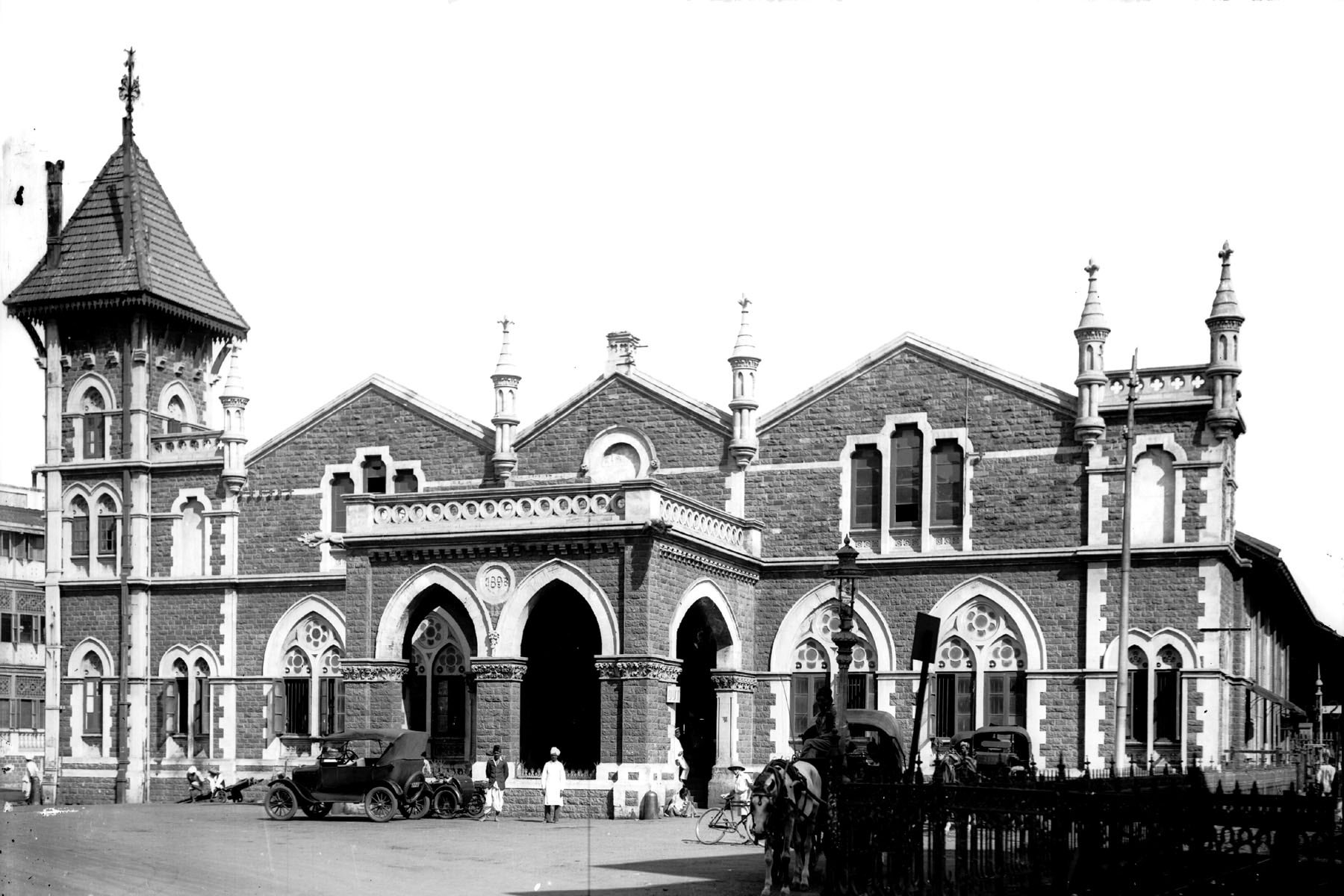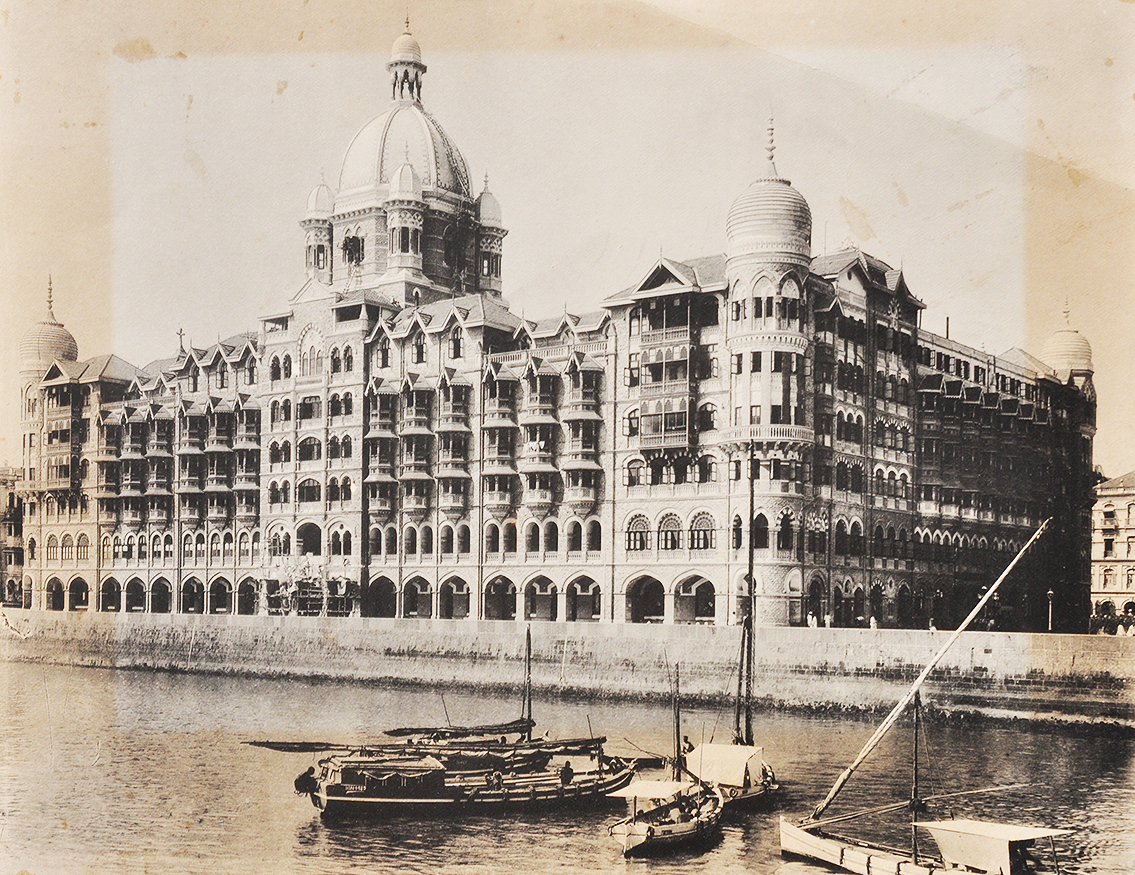The BB&CI Railway established the Colaba Terminus, and started the first suburban
railway in India between Virar and Colaba in 1867. The station eventually proved to
be increasingly inadequate for the growing passenger load and was shut down in the
1930s.
Colaba gets its name from ‘Kolabhat’, a word in the language of the indigenous Kolis.
During the British Raj, the area became a separate municipality ward. Land was
reclaimed and a causeway constructed in 1838. The Bombay City Improvement Trust
further reclaimed 75,000 square metres on the western shore. In 1906, a seafront road
with a promenade called ‘Cuffe Parade’ was completed.
railway in India between Virar and Colaba in 1867. The station eventually proved to
be increasingly inadequate for the growing passenger load and was shut down in the
1930s.
Colaba gets its name from ‘Kolabhat’, a word in the language of the indigenous Kolis.
During the British Raj, the area became a separate municipality ward. Land was
reclaimed and a causeway constructed in 1838. The Bombay City Improvement Trust
further reclaimed 75,000 square metres on the western shore. In 1906, a seafront road
with a promenade called ‘Cuffe Parade’ was completed.
======================================================





